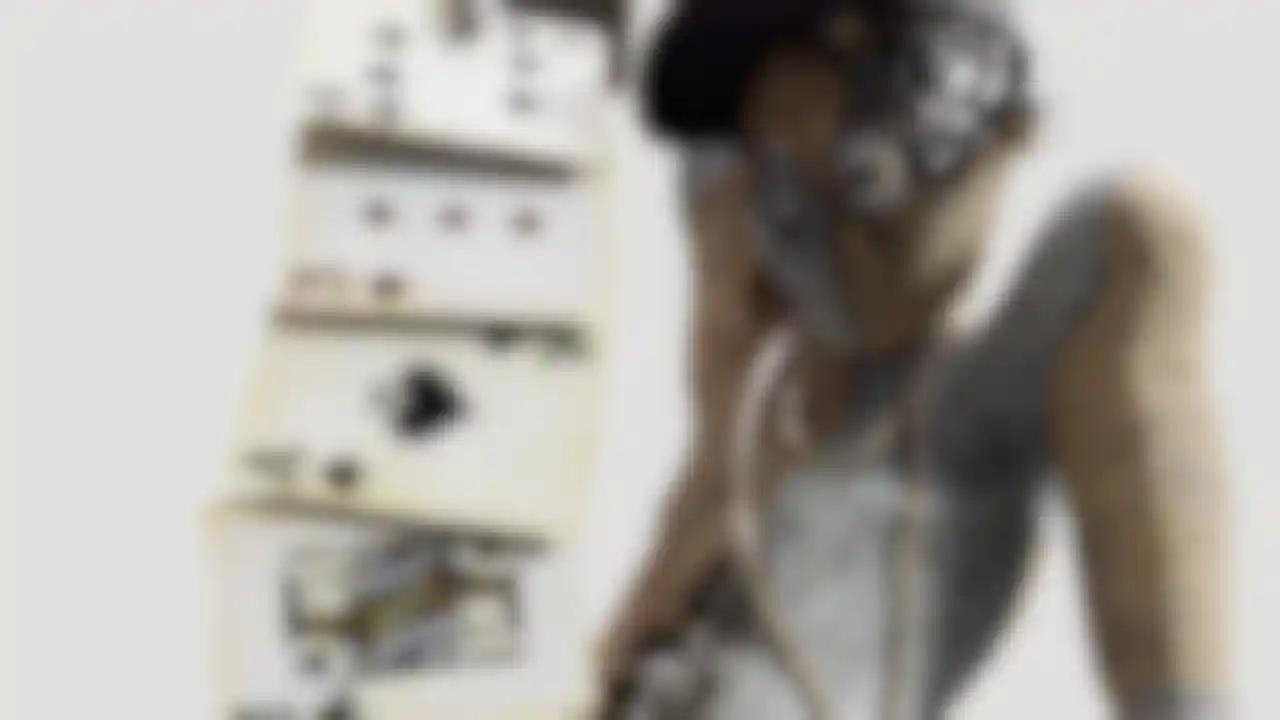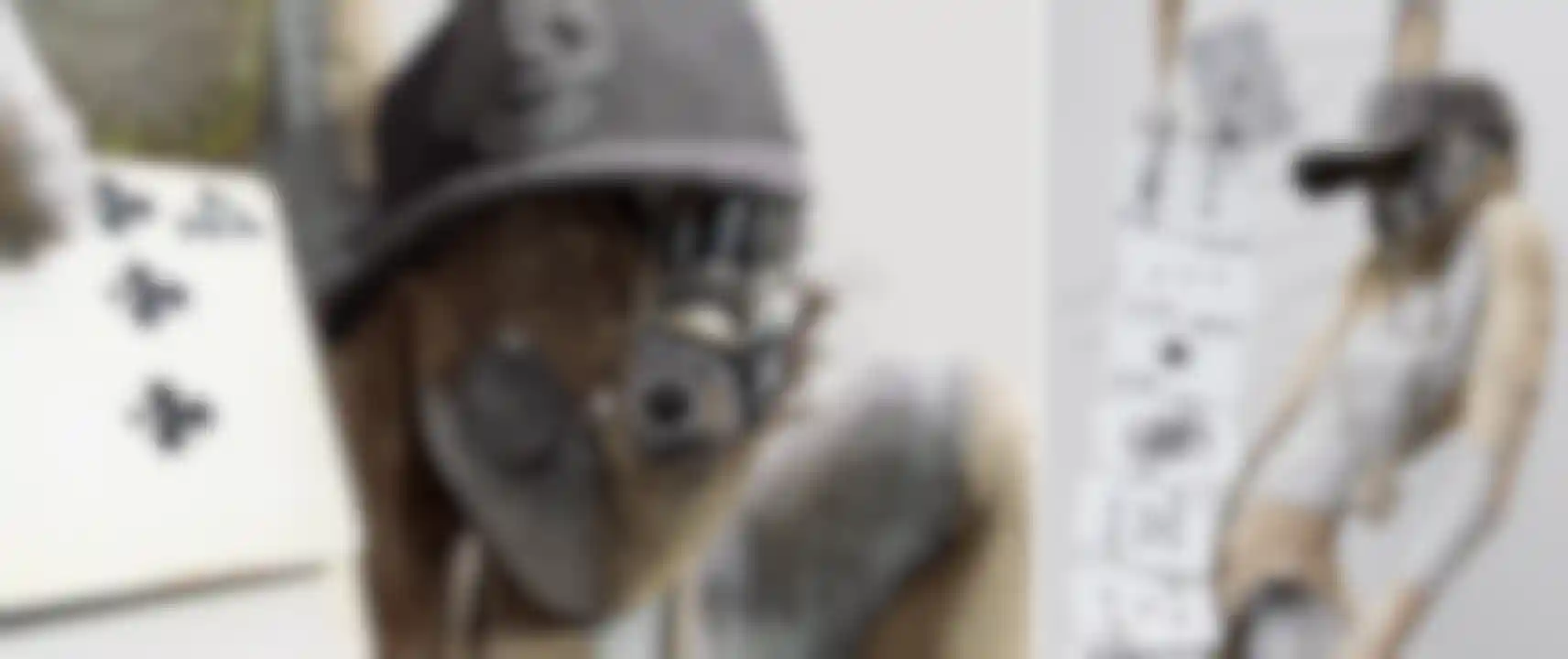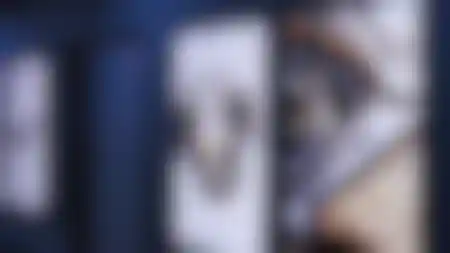
Reimagining Classic Skateboard Graphics With Maxon One Barton Damer and Already Been Chewed (ABC) pay homage to skateboard culture icons with ‘Re:IMAGINE’ at Beeple Studios.
When Barton Damer was a kid, he got in trouble for “not paying attention” while doodling the Tony Hawk skull graphic in class. Now, as the founder of leading digital studio Already Been Chewed (ABC), Damer and his team decided to pay tribute to some of their favorite iconic skateboard graphics with their ambitious “Re:IMAGINE” project.
Damer and his team set forth reinterpreting beloved skateboard graphics through a modern, cyberpunk lens, breathing new life into timeless designs. The tribute premiered at Mike Winkelmann’s Beeple Studios, one of the largest digital art galleries in the world, marking a collaboration between two titans of the digital art world.
We spoke with the ABC team about the project, their use of tools like ZBrush, Cinema 4D, and Redshift to bring it to life, and the response it has received.
Tell us about your studio.
Damer: Already Been Chewed (ABC) is a leading digital studio I founded in 2010. Specializing in motion graphics, 3D animation, and visual effects, our studio has collaborated with major brands including Nike, Louis Vuitton, Marvel, and Disney, pushing the boundaries of digital art with its unique blend of retro aesthetics and contemporary pop culture.
Talk about the “Re:IMAGINE” project and how it came to be.
Damer: The series was created to pay homage to some of the artwork that inspired me as a young skateboarder growing up. Traditional artists like Van Gogh, Monet, or Rembrandt were not super inspiring to me back then. The skateboard graphics and those who created the art were what inspired me, so it seemed like the perfect passion project to add to our schedule.

How did you choose which skateboard graphics to use?
Damer: We wanted to breathe new life into iconic skateboard graphics from the past that are well-known and have inspired so many people over the years. The artists represented were some of my favorite skateboard graphic artists: Ray Barbee, Vernon Courtlandt Johnson, Sean Cliver, Marc McKee, and Don Pendleton. We chose these particular graphics because I used to practice drawing many of them as a young artist in school. From there, the ABC team came together to meld the inspiring art with the studio’s signature style, working on and off between commercial projects for a year or so.
What was the creative process for developing the look and designing the interpretations of the art?
Damer: We began by recreating the Ray Barbee Ragdoll and the Tony Hawk skull, leaning into the style we had used in our recent work for Nike and RTFKT, which has a futuristic cyborg feel to it. We combined the stylistic approaches that we’re known for and created high-end, modern-art-inspired, luxury versions of the old graphics. The overall style of this series captures the essence of our creative process.

Talk about your tools and workflow for this project.
Gitopoulos: We used ZBrush as a concepting tool to quickly test ideas and shapes and provide a base for high-poly modeling. Some of the tools that we relied on quite a bit include ZBrush’s Live Boolean to shape the damaged areas, Dynamesh, and Sculptris Pro to sculpt without worrying about topology.
Once the models were approved, we retopologised with ZRemesher, manually tweaking the mesh where needed. Poly groups were created to guide the mesh flow and define the retopology while adjusting the adaptive size to retain the extra details along the torn edges. The high-poly mesh was then projected back onto the remeshed model. After final touches, the low-poly model and displacement maps were exported to Cinema 4D.

Tell us about creating the fabric and threads for the ragdoll character.
Sjoerdsma: After modeling the ragdoll, the displacement textures were baked for use in a Redshift material to handle the fabric details and wrinkles.
To add the thread details, edge selections were made around the torn areas and were used to grow and groom threads using the C4D hair tools — combing, cutting, and clumping the threads and strands. Some of the thread hair details were done before animation, and some added to areas post animation.

How was the card trick animation created?
Talkish: After the character was rigged and animated in C4D, null points were constrained to the palms of the hands, creating a traced line between them in an arc. The playing cards were then animated along that line using a cloner object, with effectors and look-at targets controlling the spinning effect.
Was there a lot of post work, or are the final animations close to what was rendered?
Damer: We try to avoid post work, and for this project everything is in camera. We used Redshift camera filters for getting a final rendered look in without post work.
How did the involvement with Beeple happen, and how did the event go?

Damer: I’ve spent a lot of time with Mike through years of speaking at Maxon events together. I reached out to him to share the Re:IMAGINE project, and proposed having a show at his studio. We decided to bring the project to the big screens at Beeple Studios along with a talk at the event detailing the motivation behind the passion project.
How has the response been? Are any of the featured artist aware of the project that you know of?
Damer: The response has been amazing! We jumped on a video chat with George Powell, the owner of skateboard company Powell Peralta and one of the foundational brands in skateboarding who produced the Tony Hawk graphic and the Ray Barbee graphic. It was amazing to hear his positive response over the series and we may have something in the works with him as a result.
Do you want to tell people about any project you are working on now?
Damer: We’ve been really busy this year with a variety of clients from creating product launch campaigns to sports stadium graphics as well as quite a bit of broadcast work. Earlier this year, we brought on Assistant Creative Director/Live Action Director Ryan Noreen. That has added to our capabilities in storytelling and been a great fit so far! We continue to explore real time tech, AI, and keep our eyes and ears on the pulse of the market and how we need to adapt. I think that’s all you can do in this industry since it’s always changing so fast.
Mike Hoium is a writer and Maxon One user in Minneapolis.





